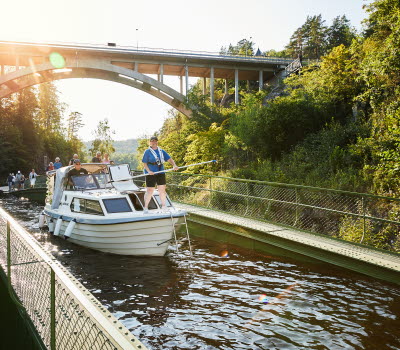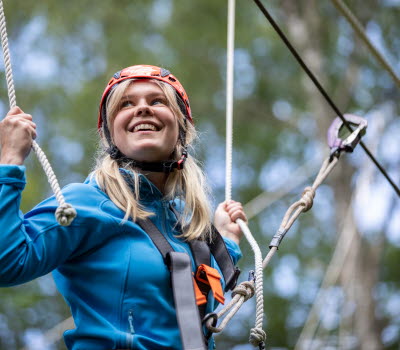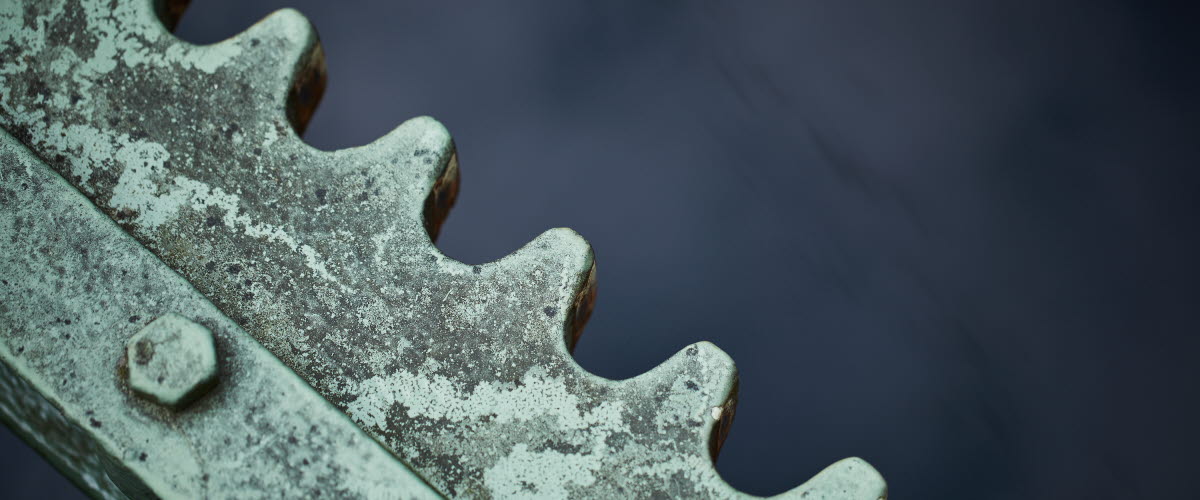Safety
For your safety, there are some regulations and rules we kindly ask you to follow. We have listed them below along with a short list of places along the canal where you need to keep an extra eye.
Boats in operation must be insured
All boats travelling on the Dalsland Canal must be covered by valid boat liability insurance. The skipper is responsible for ensuring this is in place (see General terms and conditions, the canal operator’s website and lockage receipt).
In the event of damage/incidents
As skipper/owner, it is extremely important that you remain at the lock* pending further instruction from the canal manager (documentation, inspection or control). Failure to do so will mean claims for compensation cannot be processed later. The injured party must provide a written account of what has occurred. The lock keeper will ensure the claim is completed and submitted to the canal office. This document must be signed by both parties.
* “Remain at lock” does not mean the boat must remain in the lock and block other vessels. Direct the boat to be anchored at the nearest waiting jetty/quay/guest harbour.
Staff will not get involved in assigning blame
Staff at Dalslands Kanal AB will not take a position with regard to assignment of blame. Boat owners are always recommended to file a report of damage caused to their vessel or other property, or injuries sustained by passengers, to their insurance provider. The insurance provider in question will then investigate the cause of the incident.
Liability to pay damages
Dalslands Kanal AB is liable for damages through its liability insurance in cases where the canal operator is deemed to be accountable. Regulations under general tort law shall apply, which means the Canal operator is liable in cases where it/its staff are shown to have caused damage through negligence under the Swedish Tort Liability Act. Indirect damages will not be compensated in any case. Damages incurred to Dalslands Kanal AB’s property as a result of negligence shall be compensated by the skipper, or through the relevant boat liability insurance. Dalslands Kanal AB shall not determine liability, with the case referred to its insurance provider.
Claims for compensation
Damages deemed to have arisen through negligence on the part of Dalslands Kanal AB, and which give rise to claims for compensation against Dalslands Kanal AB, must immediately be reported to the operator’s staff based on site (the lock keeper).
Boat liability insurance will compensate the injured party under the terms of the policy. Therefore, damages incurred to boats must always be reported to the insurance provider for the boat in question, where the claim will be initially processed. The insurance provider will then assess whether the final cost of the damage (including the excess) is to be carried by the boat’s insurance policy or the liable party in question.
Damage occurring between operators
Damage occurring due to collision with other operators must be resolved between the parties involved.











